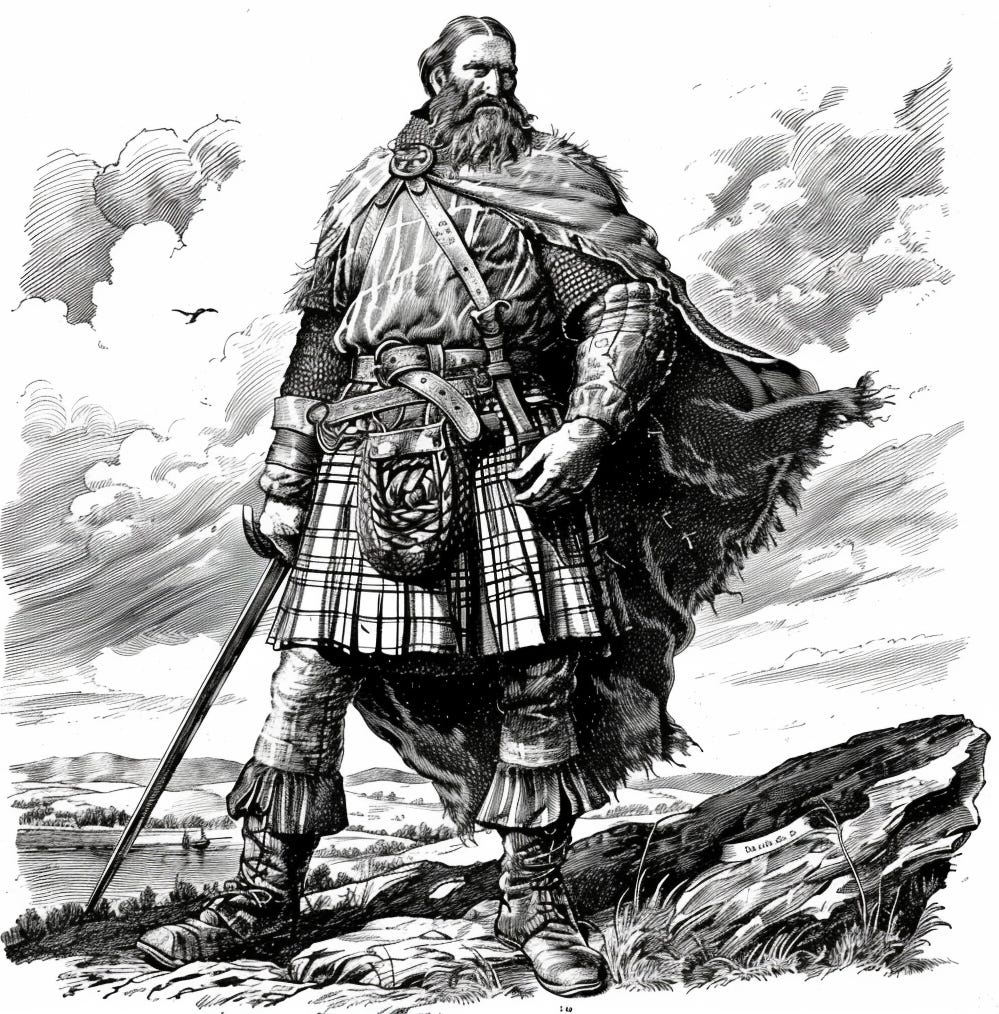In the intricate weave of Scottish history, replete with its epic battles and defining treaties, the narrative of the Battle of Durham on October 17, 1346, holds a distinct place, particularly when viewed through the lens of the Livingston family's legacy. Sir William Livingston, a figure emblematic of valor and resilience, found himself ensnared in the tumult of this historical moment, standing as a testament to Scotland's indomitable spirit. His capture, the nuanced negotiations that ensued for his release, and his continued contributions to Scottish society, all sketch a rich portrait of a nobleman's life amidst the turmoil of the Second War of Scottish Independence.
The Prelude to the Battle of Durham
The origins of the Battle of Durham are deeply rooted in the larger geopolitical dynamics of the time, especially the Scottish endeavor to reclaim territories lost in earlier conflicts. England, embroiled in the Hundred Years' War against France, seemed vulnerable, prompting a Scottish force under King David II to strike, hoping to exploit English preoccupations. It was against this backdrop that Sir William Livingston marched with his compatriots, driven by a vision of reasserting Scottish sovereignty.
The battle unfolded with Scottish forces daringly advancing into English territory, only to be met by a robust English army near Durham. Sir William Livingston, amid the clash, showcased exceptional bravery and tactical wisdom. Yet, the English forces, better positioned and prepared, overwhelmed the Scots. Livingston, fighting valiantly, was eventually overwhelmed by the sheer numbers and strategic placement of the English forces, leading to his capture. This moment was not merely a personal defeat but symbolized the broader Scottish struggle for independence, marking Livingston as a national figure of resilience.
A Test of Endurance
Following the Battle of Durham, Sir William Livingston's captivity underscored the personal costs of the Scottish quest for autonomy. Held by the English, his detention became a focal point in the post-battle negotiations. The period of his captivity highlighted the sacrifices borne by Scottish nobility in their nation's defense. Despite the hardship, Livingston's fortitude and dignity became legendary, inspiring tales that bolstered Scottish morale and underscored the Livingston family's noble legacy.
During his years of captivity, Livingston was subject to the vicissitudes of Anglo-Scottish diplomacy. He was moved between various fortresses, each transfer a reminder of the ongoing negotiations for his and other captives' release. His treatment, while reflective of his noble status, varied, with moments of harshness tempered by periods of relative leniency, as the political tides between Scotland and England shifted.
Upon securing his release, Sir William Livingston embarked on a mission to not only rehabilitate his estates but also to reinvest himself in the fabric of Scottish society. His return was marked by efforts to consolidate Scottish defenses and to foster a renewed sense of national unity. Livingston became an influential figure in Scottish politics, advocating for strategies that would ensure Scotland's resilience against future threats.
His contributions extended beyond the political arena; he was instrumental in the reconstruction of local infrastructure and the revival of the Scottish economy, which had been severely impacted by the war and the ransom payments for King David II. Livingston's efforts in these areas were critical in stabilizing and rebuilding Scotland after the turmoil of his era.
The Indelible Mark of a Scottish Hero
Sir William Livingston's life story, punctuated by his capture at the Battle of Durham and his subsequent contributions to Scotland, embodies the quintessential Scottish narrative of struggle, perseverance, and commitment to the collective well-being of the nation. His experiences provide a poignant insight into the sacrifices and the resilience required to navigate the complex political and military landscapes of medieval Scotland.
As we reflect on Livingston's legacy, we are reminded of the enduring spirit of Scotland and its people—a spirit of unwavering determination and loyalty to the land and its heritage. Sir William Livingston's journey from the battlefield to the halls of Scottish governance encapsulates the enduring quest for Scottish independence and sovereignty, leaving an indelible mark on the nation's history.





